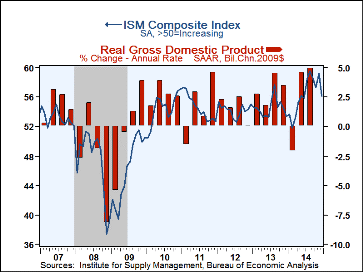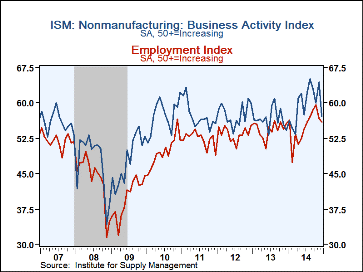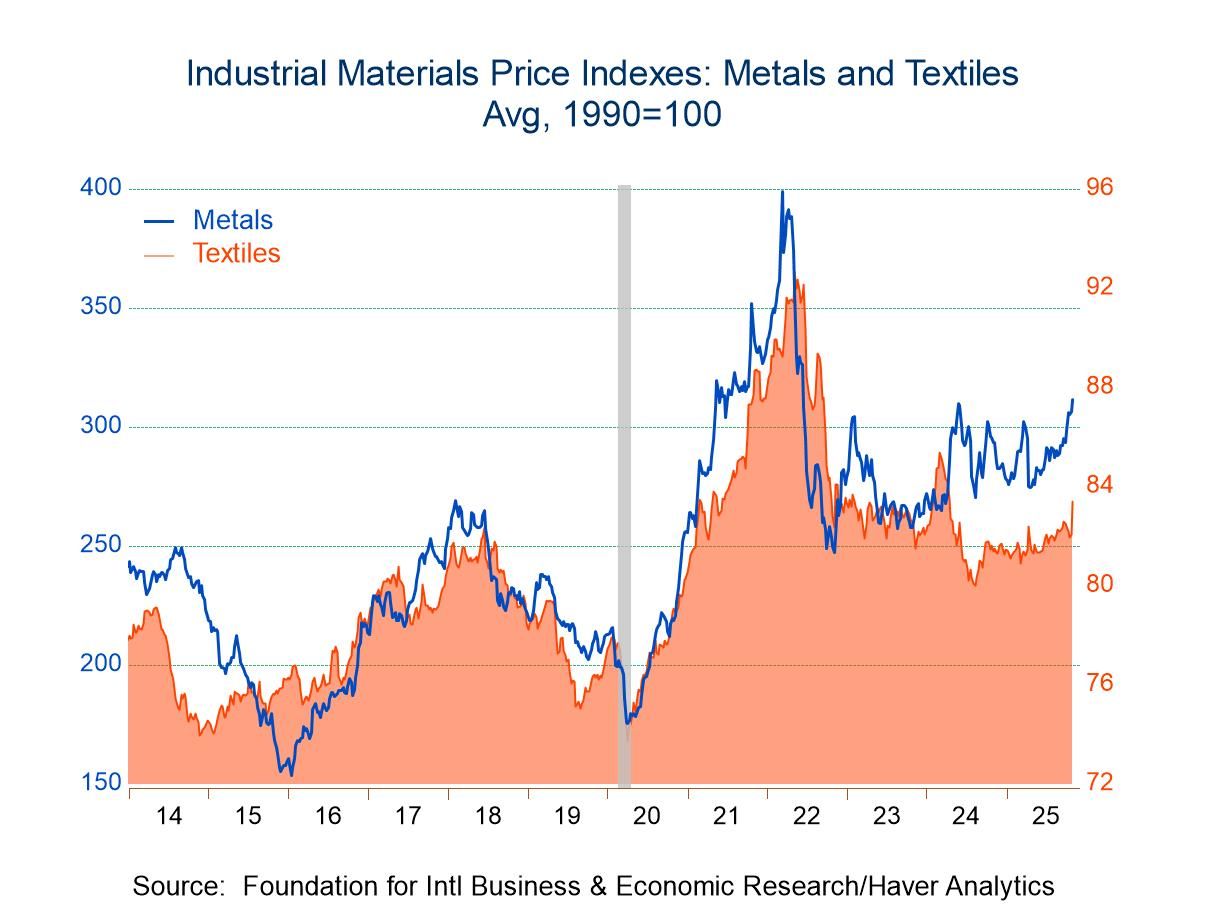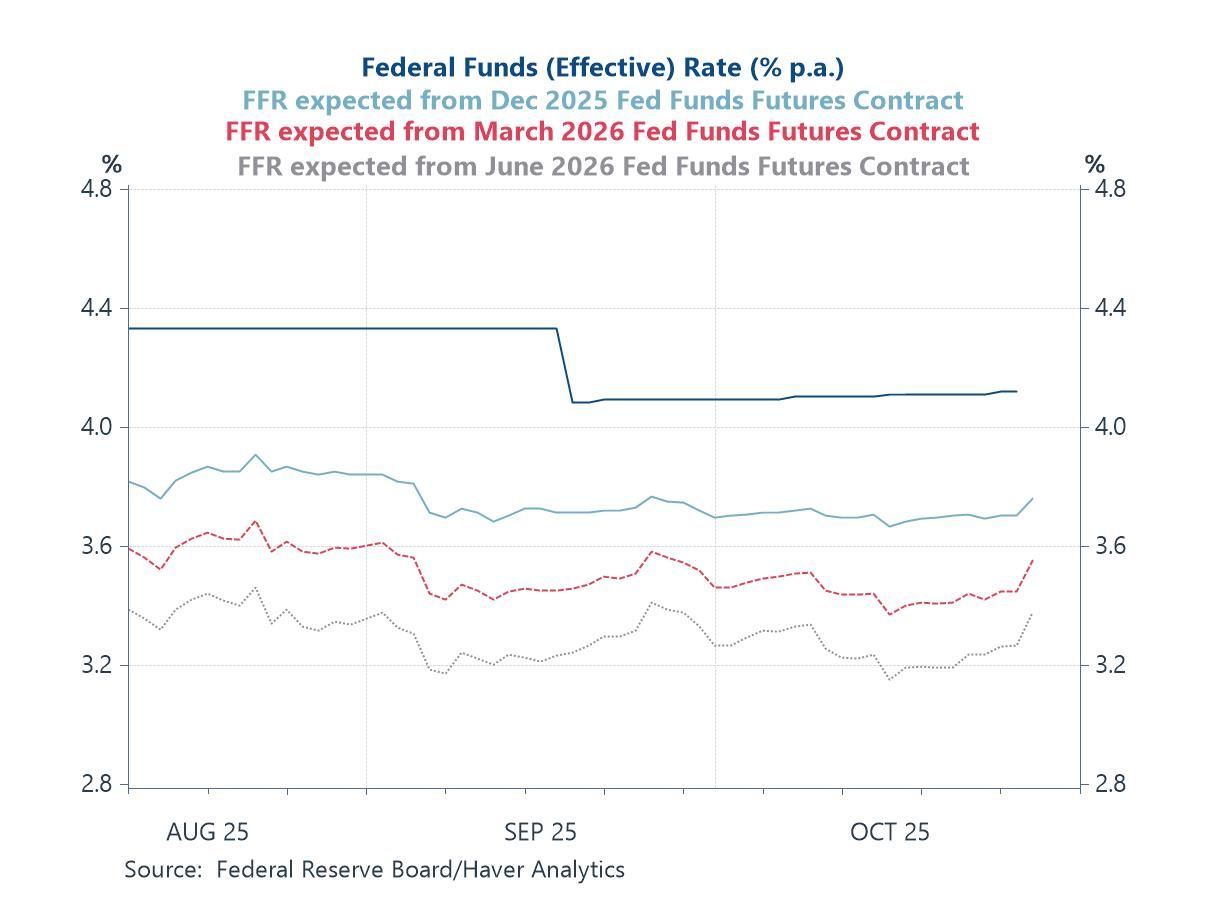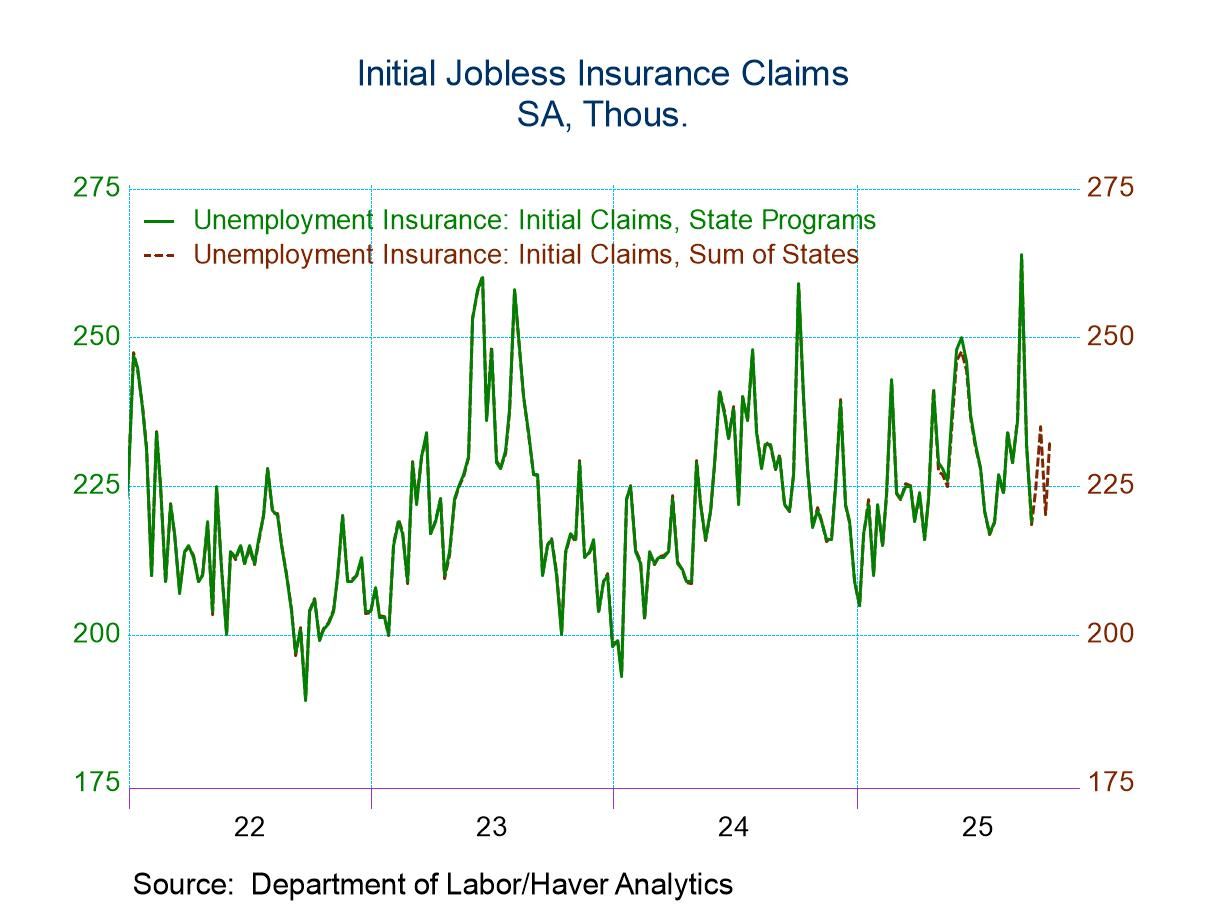 Global| Jan 06 2015
Global| Jan 06 2015U.S. ISM Nonmanufacturing Index Reaches Nine-Year High in 2014 but Moves Lower at Yearend
by:Tom Moeller
|in:Economy in Brief
Summary
Nonmanufacturing activity posted solid performance in 2014, as measured by the Institute for Supply Management's (ISM) composite nonmanufacturing index. It rose to 56.3 last year from 54.7 in 2013 and was at its highest point since [...]
Nonmanufacturing activity posted solid performance in 2014, as measured by the Institute for Supply Management's (ISM) composite nonmanufacturing index. It rose to 56.3 last year from 54.7 in 2013 and was at its highest point since 2005. For December, however, the index backed off to 56.2 from an unrevised 59.3. It was the lowest level in six months. Last month's reading fell short of expectations for 58.0 in the Action Economics Forecast Survey. This diffusion index indicates expansion of nonmanufacturing activity when above 50.
Haver Analytics calculates a composite index of factory sector activity (released Friday) plus nonmanufacturing activity. It declined to 56.1 in December, also the lowest level in six months. For the year, however, the reading rose to 56.3, the highest point since 2005. During the last ten years, there has been a 76% correlation between the index and the q/q change in real GDP.
Performance amongst the components was uniformly negative last month. The business activity series fell to 57.2, the lowest level in nine months. The new orders reading fell hard to 58.9, its lowest level since April. The vendor deliveries index eased to 52.5, indicating the quickest delivery speeds since October. Also to the downside was the employment reading. It fell to 56.0 from 56.7 and remained sharply lower than the record high reached in October. During the last ten years, there has been a 93% correlation between the employment index and the m/m change in service plus construction payrolls.
The prices paid series also fell sharply to 49.5 from 52.4; the first month of declining prices, on balance, since September 2009. The annual reading of 56.9 was slightly better than 2013, but well below the 2008 high of 65.9. Twelve percent of respondents paid higher prices, down from the 2011 high of 57%. Eighteen percent paid lower prices, up from the June low of 3%.
The ISM data are available in Haver's USECON database. The expectations figure from Action Economics is in the AS1REPNA database.
Why Is Wage Growth So Slow? from the Federal Reserve Bank of San Francisco is available here.
| ISM Nonmanufacturing Survey (SA) | Dec | Nov | Oct | Dec'13 | 2014 | 2013 | 2012 |
|---|---|---|---|---|---|---|---|
| Composite Diffusion Index | 56.2 | 59.3 | 57.1 | 53.0 | 56.3 | 54.7 | 54.6 |
| Business Activity | 57.2 | 64.4 | 60.0 | 54.3 | 59.7 | 56.7 | 57.7 |
| New Orders | 58.9 | 61.4 | 59.1 | 50.4 | 58.7 | 55.9 | 56.6 |
| Employment | 56.0 | 56.7 | 59.6 | 55.6 | 55.0 | 54.4 | 53.5 |
| Supplier Deliveries (NSA) | 52.5 | 54.5 | 49.5 | 51.5 | 51.8 | 51.7 | 50.6 |
| Prices Index | 49.5 | 54.4 | 52.1 | 54.7 | 56.9 | 55.6 | 59.3 |
Tom Moeller
AuthorMore in Author Profile »Prior to joining Haver Analytics in 2000, Mr. Moeller worked as the Economist at Chancellor Capital Management from 1985 to 1999. There, he developed comprehensive economic forecasts and interpreted economic data for equity and fixed income portfolio managers. Also at Chancellor, Mr. Moeller worked as an equity analyst and was responsible for researching and rating companies in the economically sensitive automobile and housing industries for investment in Chancellor’s equity portfolio. Prior to joining Chancellor, Mr. Moeller was an Economist at Citibank from 1979 to 1984. He also analyzed pricing behavior in the metals industry for the Council on Wage and Price Stability in Washington, D.C. In 1999, Mr. Moeller received the award for most accurate forecast from the Forecasters' Club of New York. From 1990 to 1992 he was President of the New York Association for Business Economists. Mr. Moeller earned an M.B.A. in Finance from Fordham University, where he graduated in 1987. He holds a Bachelor of Arts in Economics from George Washington University.



